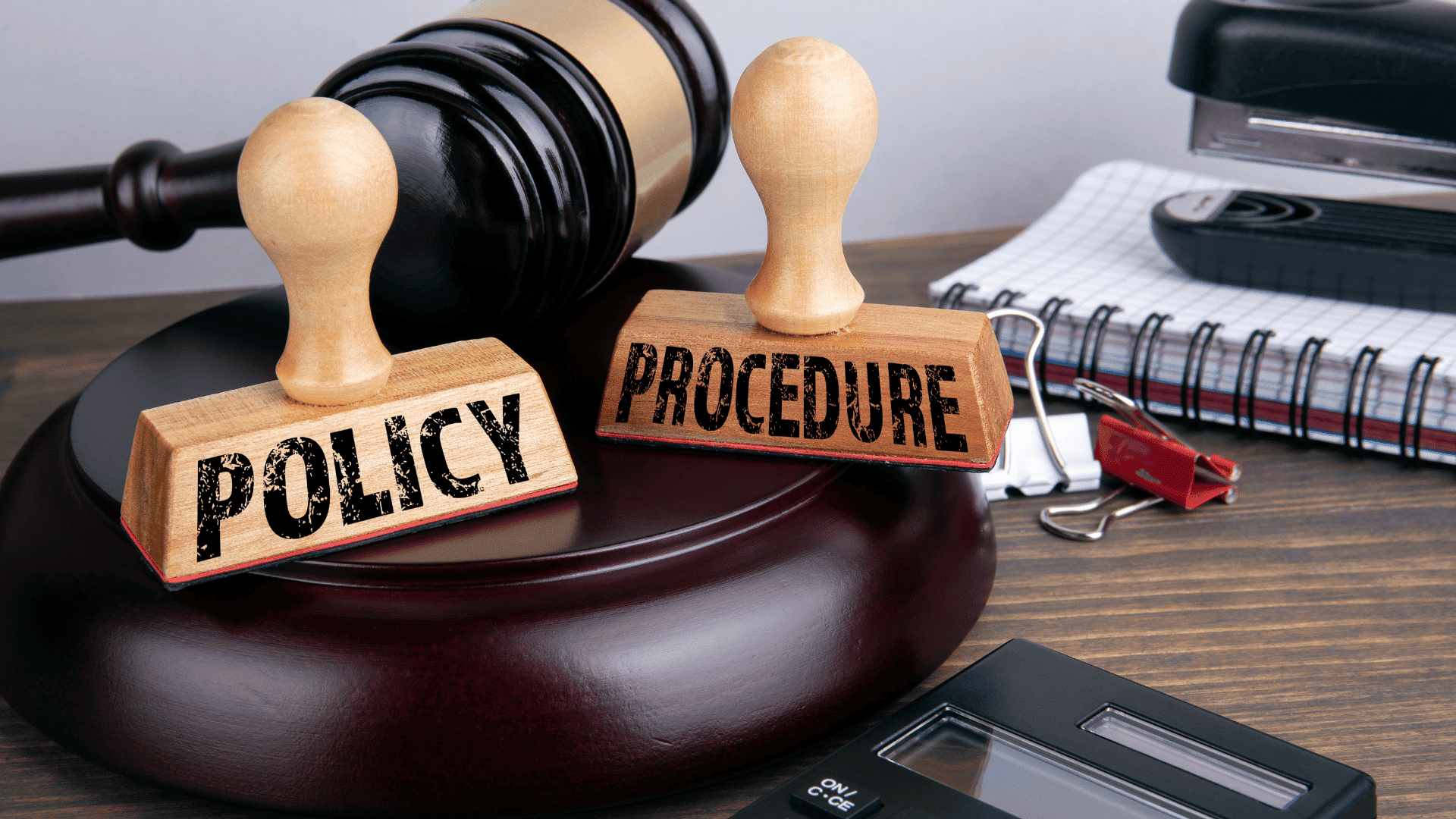 Creating effective financial policies and procedures is crucial for the sustainability and growth of any organization. These policies provide a framework for managing financial activities and ensuring compliance with laws and regulations. Here’s a detailed blog on how to develop robust financial policies and procedures, integrating best practices, data-driven insights, and practical advice.
Creating effective financial policies and procedures is crucial for the sustainability and growth of any organization. These policies provide a framework for managing financial activities and ensuring compliance with laws and regulations. Here’s a detailed blog on how to develop robust financial policies and procedures, integrating best practices, data-driven insights, and practical advice.
1. Understand the Importance of Financial Policies and Procedures
Financial policies and procedures are essential for an organization’s financial health. They provide:
- Maintaining Financial Integrity: Ensure accurate and transparent financial transactions.
- Compliance: Adhere to laws and regulations, avoiding legal issues and penalties.
- Operational Efficiency: Streamline financial operations, reducing errors and inconsistencies.
- Fraud Prevention: Establish checks and balances to deter fraudulent activities.
2. Assess the Current Financial Practices
Evaluate current financial practices to identify areas for improvement:
- Internal Audits: Regularly audit to assess the effectiveness of current practices.
- Employee Feedback: Collect input from employees to identify inefficiencies and bottlenecks.
- Benchmarking: Compare practices with industry standards to find gaps and opportunities for improvement.
3. Define Clear Objectives
Set specific objectives for your financial policies and procedures that align with organizational goals:
- Ensuring Compliance: Adhere to all applicable laws and regulations.
- Safeguarding Assets: Protect against theft, fraud, and mismanagement.
- Enhancing Accuracy: Ensure reliable financial records.
- Promoting Accountability: Assign responsibilities and establish accountability.
4. Develop Comprehensive Policies
Create detailed policies for various aspects of financial management:
- Cash Management: Guidelines for handling transactions, deposits, and reconciliations.
- Purchasing and Procurement: Procedures for acquiring goods and services, including approval processes.
- Expense Reimbursement: Policies for reimbursing employee expenses, including documentation and approval.
- Budgeting: Guidelines for preparing, approving, and monitoring budgets.
- Internal Controls: Procedures for preventing and detecting fraud, including segregation of duties and access controls.
5. Establish Procedures
Implement step-by-step procedures to ensure effective policy application:
- Transaction Recording: Instructions for accurate recording of transactions.
- Reconciliation: Procedures for reconciling bank statements and financial records.
- Reporting: Guidelines for preparing financial reports, including timelines and approvals.
- Audit Procedures: Steps for conducting audits, including documentation and follow-up actions.
6. Implement and Communicate
Ensure successful implementation and communication of policies:
- Training: Provide comprehensive training on new policies and procedures.
- Documentation: Ensure policies and procedures are well-documented and accessible.
- Communication: Use various channels to inform employees about updates and changes.
7. Monitor and Review
Regularly monitor and review policies to maintain effectiveness:
- Regular Audits: Conduct periodic audits to assess compliance and effectiveness.
- Feedback Mechanism: Allow employees to report issues and suggest improvements.
- Continuous Improvement: Update policies to reflect changes in laws, regulations, and best practices.




